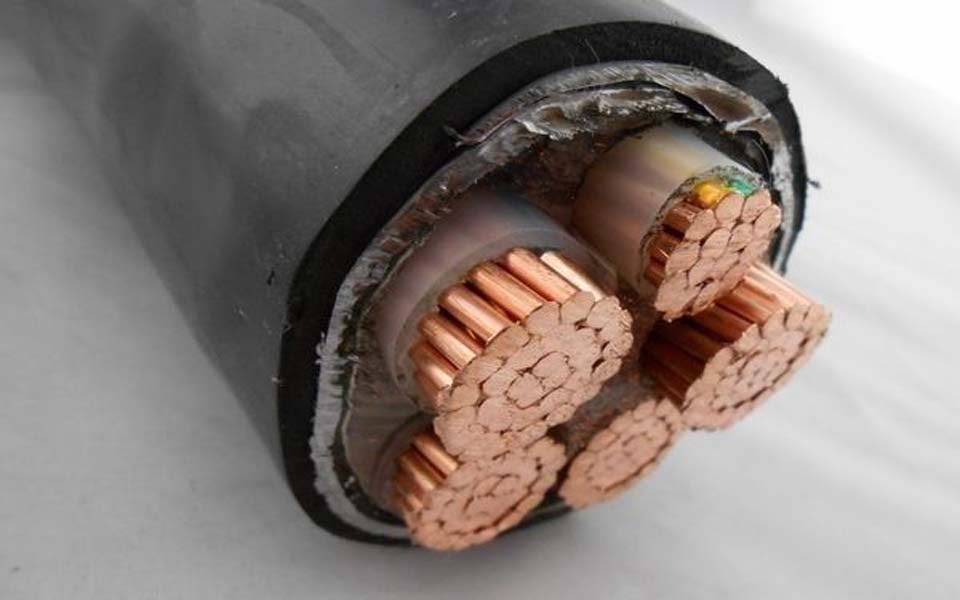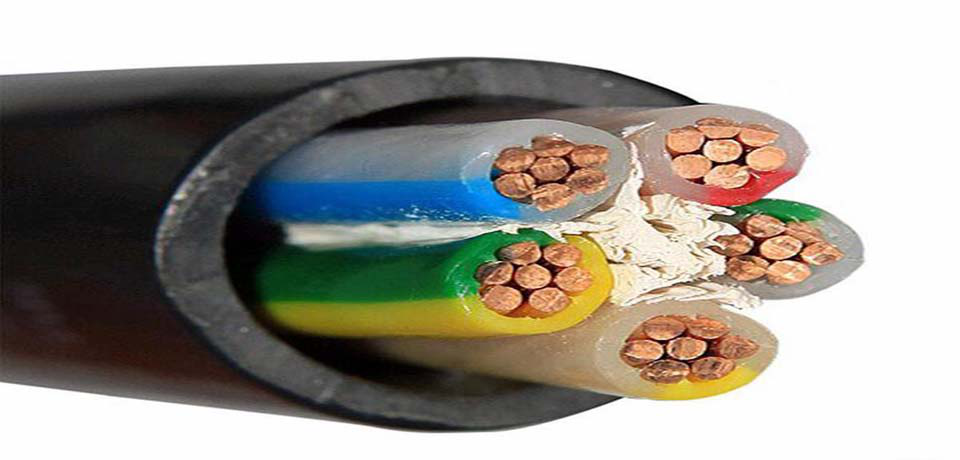
In the long-term construction process, we found that the phenomenon that the cable is damp and influence has become a potential hidden danger affecting the safe operation of the cable.
1. Causes and hazards of cable flooding
(1) When the new whole cable is shipped from the factory, both ends are sealed with plastic sealing sleeves. However, after the construction site is used according to the actual situation, the remaining part is simply wrapped with plastic cloth to break the gap. It is placed in the open air and the seal is not good. For a long time, it will inevitably have water vapor infiltrated into the cable.
(2) When laying cables, it is necessary to frequently cross roads, bridges and culverts. Due to weather or other reasons, many waters are often accumulated in the cable trenches. In the process of laying, it is inevitable that the cable heads will be immersed in water. Because the plastic cloth is not tightly wrapped or damaged, the water enters the cable; in addition, when the traction and the pipe are worn, the outer sheath or even the steel shovel is sometimes scratched. This phenomenon is particularly prominent when using mechanical traction.
(3) After the cable laying is completed, the cable head is not produced in time due to the limitation of on-site construction conditions, so that the unsealed cable breakage is exposed to the air for a long time, even immersed in water, so that the water vapor enters the cable in large quantities.
(4) During the cable head making process (including the terminal head and the intermediate joint), the newly handled cable ends may accidentally fall into the accumulated water in the site due to the negligence of the construction personnel.
(5) In the normal operation of the cable, if a breakdown such as breakdown occurs for some reason, the water in the cable trench will enter the cable inside the fault point; in civil construction, especially when using large construction machinery It is not uncommon for a construction site to have cable breakage or breakdown due to various human factors. In the event of such an accident, cable insulation is severely damaged and the cable is also flooded.
Studies have shown that after the cable enters the water, under the action of the electric field, water tree aging will occur, which will eventually lead to cable breakdown. The water tree is a collection of voids filled with water having a diameter of 0.1 m to several micrometers. The local high-electric field formed by the impurities, pores and insulation in the insulation and the unevenness of the bonding surface of the inner and outer semi-conductive layers is the starting point of the water tree. The development process of water trees is generally more than 8 years. The higher the humidity, temperature and voltage, the more ions are contained in the water, the faster the water tree develops.

2. The solution to the cable damp ingress
According to our current technical strength and existing equipment, it is very difficult to handle the inlet cable (such as using hot nitrogen pressure to dry). In actual operation, if the cable head is found to be in water, we can only saw off the front end for a few meters to see if it is dry inside. If it is not, continue to saw it forward. But if the entire cable has been flooded, we can't do anything about it. Therefore, cable water intake should be mainly based on prevention. Through long-term practice, we have summarized the following countermeasures:
(1) At present, we have adopted a cable of 8.7/10kV grade in the urban network 6kV system transformation. The insulation thickness of this grade cable is 4.5mm, and the insulation thickness of the 6/10 kV grade cable is 3.4mm. Due to the increase of cable insulation thickness, the field strength is reduced, and the aging of the water tree can be prevented. At the same time, since the 6kV neutral point small current grounding system is grounded in single phase, the cable must withstand a phase voltage of 1.73 times and operate as required. 2 hours, therefore, it is necessary to thicken the cable insulation.
(2) Because impurities, pores, etc. in the insulation are the starting point of the water tree, the quality of the cable is essential to prevent water tree aging.
(3) Ensure that the cable head is well sealed. For the cable ends that are sawed, whether it is stacked or laid, it should be sealed with plastic. It is best to use a special sealing sleeve for the cable to prevent moisture infiltration.
(4) After the wire is laid, it is necessary to make the cable head in time. If it is impossible to make it immediately due to the conditional restrictions, the cable head is sealed and placed in an overhead position.
(5) Improve the technical quality of construction workers and strengthen the management of the cable head manufacturing process, which can effectively prevent the cable head from entering the water during the production process. Practice has proved that once the cable enters the water, the earliest breakdown phenomenon is often the cable head, so the wire head is made well and can extend the overall life of the cable.
(6) When the cable is directly buried, PP-R new plastic pipe can be used as the casing. The pipe is corrosion-resistant, the inner wall is smooth, and the strength and toughness are good, so the damage of the outer sheath of the cable can be greatly reduced.
(7) In the early planning, the design of cable trenches, culverts and cable wells should be coordinated with the civil construction party in time to facilitate the drainage of cable trenches (wells). At the same time, the bracket is pre-buried in the cable trench, and the cable is supported by the bracket. When designing the cable culvert, it should be as straight as possible, reduce the elbow, and make the cable easy to lay;
(8) After the cable is laid and the cable head is completed, a DC withstand voltage leakage test shall be carried out according to the regulations before the transfer operation management department is officially put into operation. Only after passing the test, can it be put into operation.